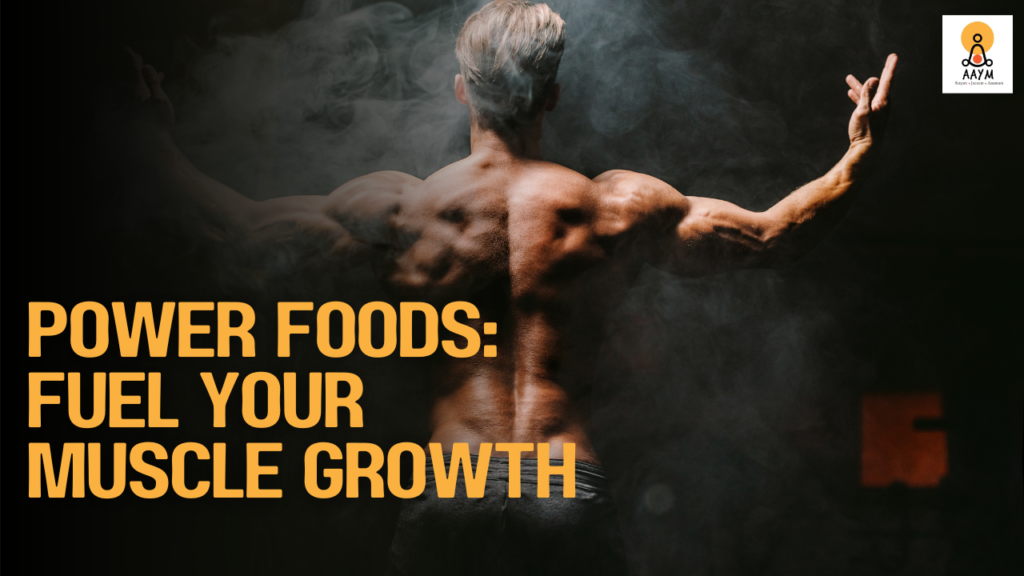Sip Smart: Guide to Drinking Tea
Right after water, tea is the second most consumed beverage in the world. With so many types and flavors, tea offers numerous health benefits. To get the most out of your tea, knowing the best times to drink it, the dos and don’ts, and how to make a healthy cup is essential. Let’s explore how to drink tea the right way with expert advice and tips. When to Drink Tea Morning Tea: Many people start their day with a cup of tea. Morning tea is a familiar ritual, whether it’s black tea to curb hunger, green tea to help with weight loss, or herbal tea to boost immunity. But don’t drink tea on an empty stomach, as it can cause acidity. Adding a bit of milk can help reduce this effect. After Meals: Tea is a tremendous after-meal drink, but timing is critical. Dietitian Sakshi Lalwani suggests waiting 15-20 minutes after eating before drinking tea. This prevents the tannins in tea from interfering with your body’s absorption of proteins and iron. Avoid having tea after dinner to ensure it doesn’t disrupt your sleep. Afternoon Tea: Drinking tea around 3 p.m. can boost your immune system and help you fight off colds and flu. It’s also a great way to get an energy boost during the midday slump. Evening Tea: If you want tea in the evening, choose a caffeine-free herbal blend like chamomile. This can help you relax and promote a good night’s sleep. Dos and Don’ts of Drinking Tea Dos: Steep at Low Temperatures: To keep its health benefits intact, steep your tea at a low temperature. Over-boiling can destroy the beneficial compounds in tea. Use Loose Tea Leaves: Loose tea leaves are usually higher quality than tea bags. They allow for better flavor and infusion. Add Healthy Ingredients: If you add milk, do so after the tea has been brewed and the heat is off. This prevents overcooking the milk and keeps the tea’s natural flavor. Don’ts: Avoid Excess Milk and Sugar: Tea is best enjoyed without too much milk and sugar. If you like milk tea, add hot milk at the end, and don’t over-brew it. Don’t Over-Brew: Over-brewing can make tea bitter and reduce its health benefits. Stick to the recommended brewing times. Limit Strong Tea on Empty Stomach: Strong tea in the morning can cause acidity. Avoid starting your day with a strong cup of tea if you have severe acidity. Making a Healthy Cup of Tea Choose the Right Tea: Choose your tea based on your needs: black tea for energy, green tea for metabolism, or herbal tea for relaxation. Use Fresh, Filtered Water: Start with fresh, filtered water to avoid impurities that can affect your tea’s taste and health benefits. Optimal Steeping: Follow your tea type’s recommended steeping time and temperature. Generally, steep for 3-5 minutes at around 80-85°C (176-185°F). Healthy Additions: For extra flavor and health benefits, add a slice of lemon or a dash of honey. Avoid too much sugar or artificial sweeteners. How Much Tea to Drink Health experts recommend drinking 2-3 cups of tea per day. This amount gives you the benefits without the downsides of too much caffeine, like anxiety or trouble sleeping. Conclusion Drinking tea is more than just the taste; it’s about the experience and the health benefits. By following these timing, preparation, and consumption guidelines, you can enjoy every cup of tea while maximizing its benefits. So, brew wisely and enjoy your perfect cup of tea!










